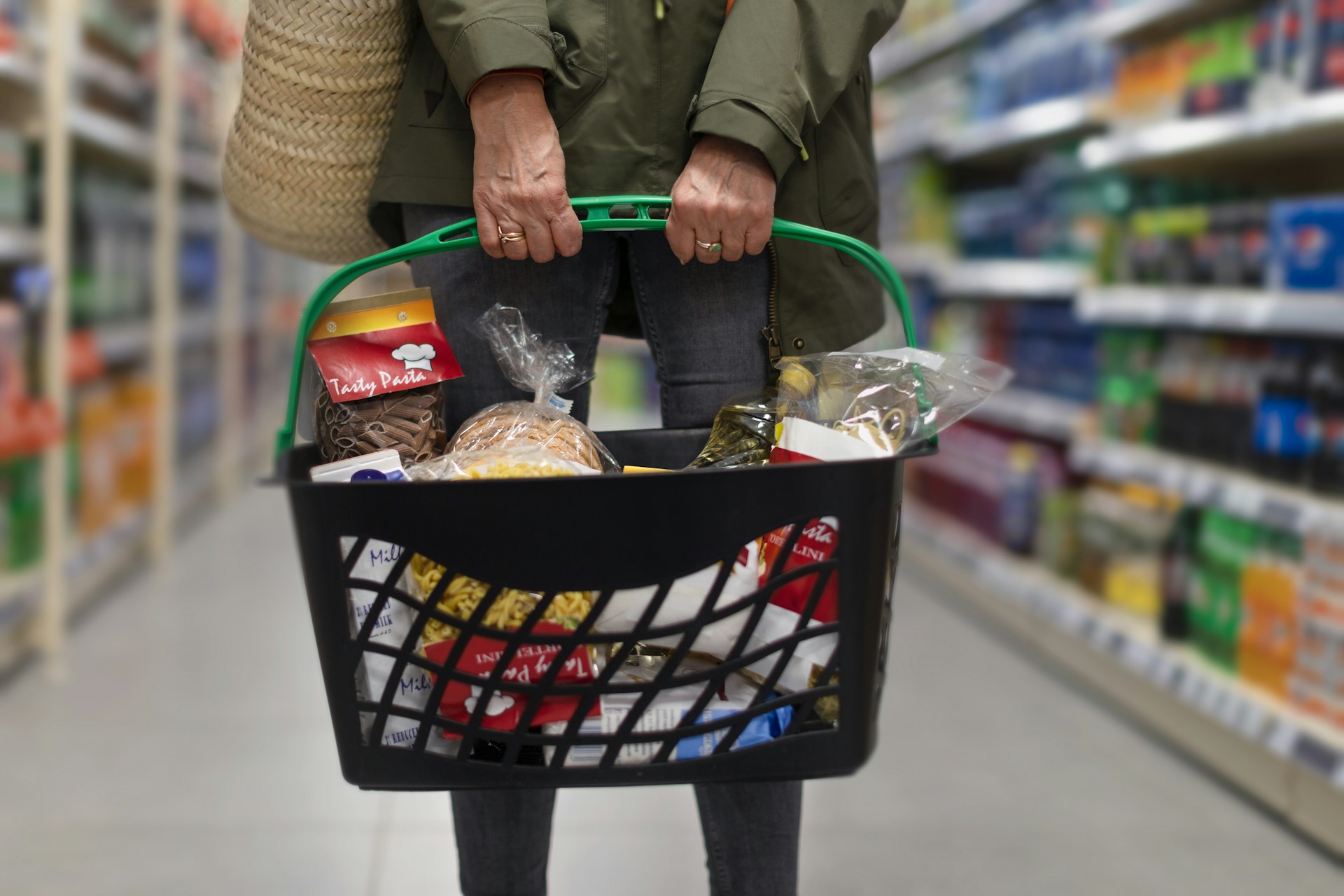According to the report “The illusion of choice – Why someone already decided what you will eat for lunch,” produced by the coalition Put Change on the Menu, whose members include organizations such as Eurogroup for Animals, European Public Health Alliance and European Consumer Organization, our food choices are often influenced by external factors that leave us with limited room for decision-making.
Who influences food environments?
But what are food environments? The United Nations High-Level Panel of Experts on Food Security and Nutrition, in its report “Nutrition and food systems“, defines food environments as “the physical, economic, political and socio-cultural context in which consumers interact with the food system to make decisions about the purchase, preparation and consumption of food.”
These environments condition our daily food choices.
Marketing, advertising, promotional offers, availability and price of foods, as well as their arrangement in supermarkets, are all elements that can manipulate our behavior. Unfortunately, in many cases, such influences push us toward unhealthy and unsustainable foods, often presented as the most affordable and convenient options.
The Put Change on the Menu report
“The illusion of choice” report highlights how purchasing and consumption decisions are largely influenced by the food industry, rather than being a free and autonomous choice of consumers.
The Put Change on the Menu coalition urges policymakers to encourage change that makes healthy diets easier, with more plant foods and fewer animal products, while promoting animal welfare.
This publication coincides with a new scientific review released by SAPEA(Science Advice for Policy by European Academies), a consortium of independent scientists advising the European Commission. The report confirms how food choices are heavily influenced by external factors, rather than being completely free and informed.
Being aware of one’s choices
Food choices are critical in shaping the future we want; every purchase, in fact, is a kind of “vote” that the consumer casts with the shopping cart, contributing to change toward greater sustainability and respect for animals. However, the consumer needs to be guided along this path. The main responsibility lies with public decision makers, who must take concrete steps in the coming years to correct market deviations. This could include tax incentives for more sustainable foods and taxes on products that generate negative environmental and social impacts.
Food companies also have a key role to play. With their power to influence consumers, they must take social responsibility by committing to making healthy, sustainable foods more accessible. This includes eliminating marketing strategies that push consumers toward foods that are unhealthy, unsustainable, and disregard animal welfare.
The combined efforts of public and private decision makers are essential to creating a more just, healthy, sustainable and inclusive food system.







